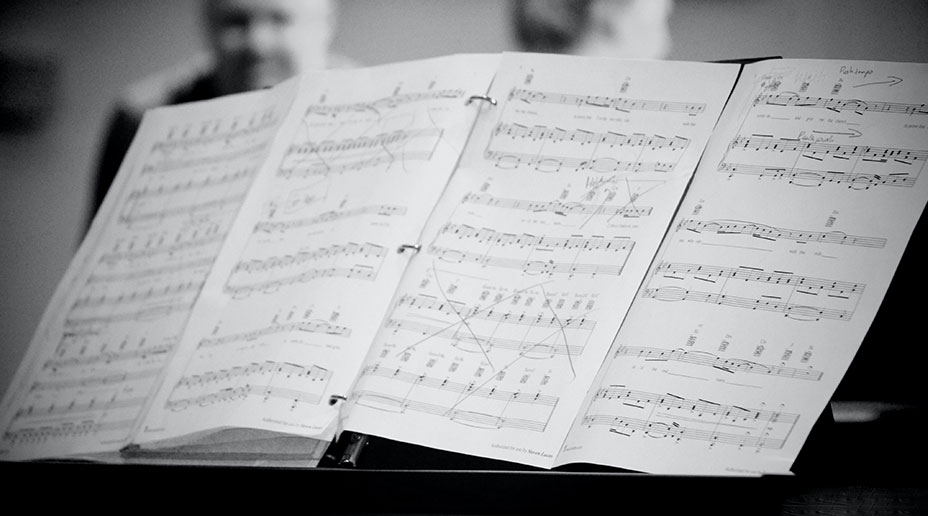What are music examiners listening out for?
Pitch
Pitch involves aspects of key and tonality, scale and arpeggio patterns, chords and cadences, clefs, intervals and transposition. Understanding and knowing about scale and arpeggio patterns and keys means that students become familiar with many ingredients of music, which can help to make their playing or singing more reliable and accurate.
- For example, if a student is unaware that an accidental affects the rest of the bar, there can easily be wrong notes and, of course, good intonation is inextricably linked to awareness and understanding of pitch.
Time
As teachers, we are often encouraging students to feel a sense of pulse or to focus on the sense of rhythm in their music making. Building a student’s knowledge and understanding in relation to time signatures, note values, rests and metrical groupings is central to being able to play in time.
- For example, if students understand how compound time works, then not only will they be able to get the note values right, but they’ll also be able to achieve the right pattern of emphases. Similarly, if the word ‘swing’ appears at the top of a piece, it’s essential that a student knows and understands what that means, because this instruction has a fundamental impact on the rhythmic feel of the music.
- When someone plays with good knowledge, understanding and awareness of this aspect of time, it has a very audible effect on their interpretation of the music. Unfortunately, the reverse can also apply – without this important knowledge, rhythmic character will be lost.
Tone
It may seem less obvious that aspects of tone can be affected by knowing or not knowing your music theory, but musical terms such as cantabile or sotto voce give quite specific guidance about the kind of sound you need to make.
- Similarly, understanding how a solo fits within the overall musical texture, or knowing about the music’s historical or stylistic soundworld can all contribute significantly to the performer’s effective use and control of tone.
Shape
When it comes to musical shaping, students need to know about phrase marks, dynamics, articulation, form and structure if they are to convey a convincing sense of musical flow and direction in their playing or singing. As performers, we need to understand how bars combine into phrases, how phrases combine into sections, and then how sections combine into an overall musical structure.
- Through knowing about and understanding this, we can give music appropriate poise and punctuation, and communicate a sense of its overall architecture through our playing or singing.
Performance
The final ingredient which we assess in an ABRSM exam is performance. This is all about a candidate’s relationship with their instrument, and with the music’s meaning and message. It’s also about the connection between performer and listener – in this case the candidate and the examiner – through live musical communication.
- A student’s understanding of how music works, as well as its history and context, can be heard clearly through their performance. Realisation of expression marks, performance directions, character and mood, style and idiom – these are all important aspects of an effective performance, which rely on underlying musical knowledge and understanding. If we are to make a piece by Bach sound different from a piece by Bartók, we need to understand what it is that makes their music so distinctive.
The overriding thought in all of this is that everything in music connects. When we make music, practical control and mental awareness have to go hand-in-hand; doing and thinking need to happen together. In this way, the craft and the study of music form a powerful partnership which involves not only instrumental or vocal skills, but also musical knowledge and understanding.


